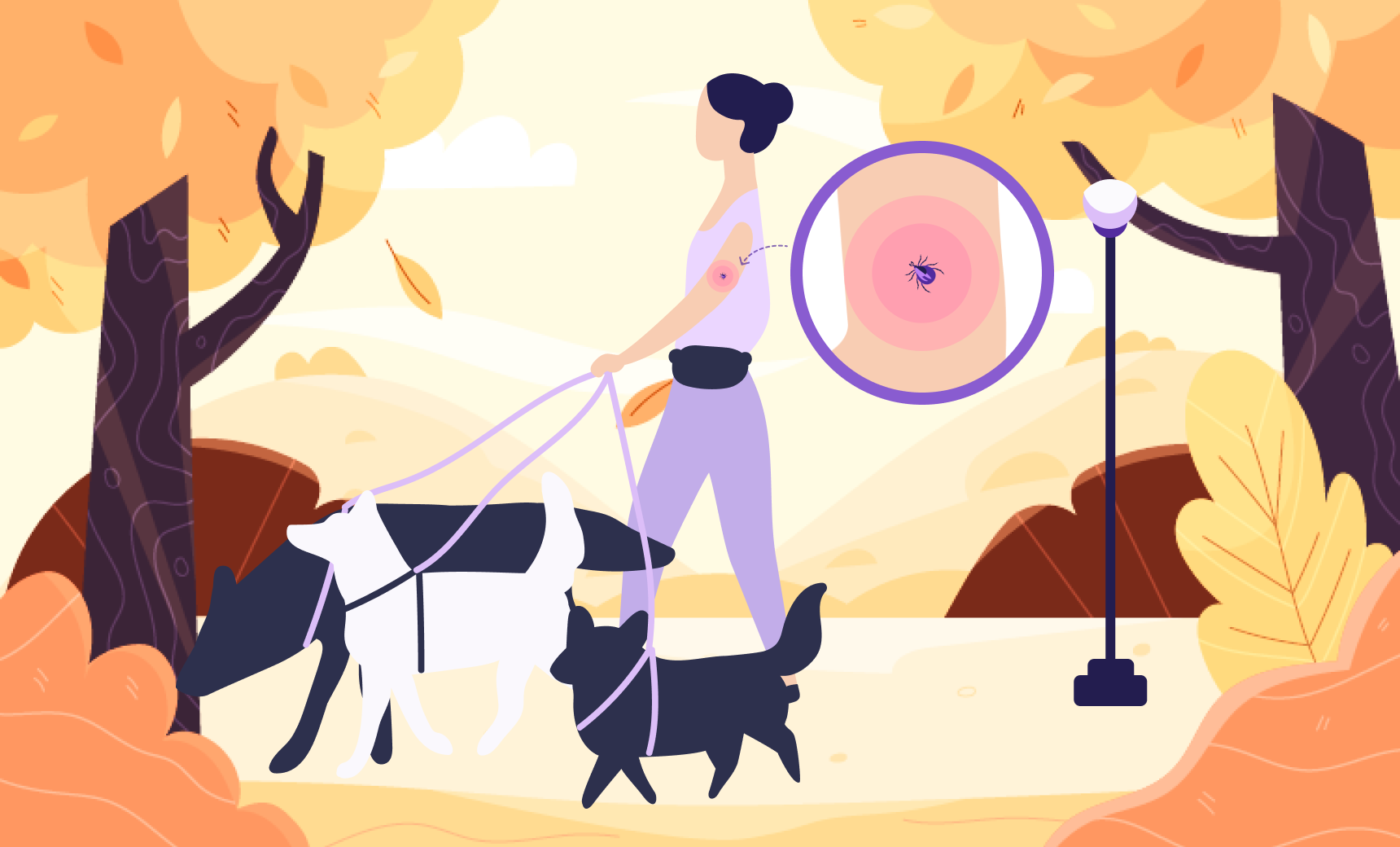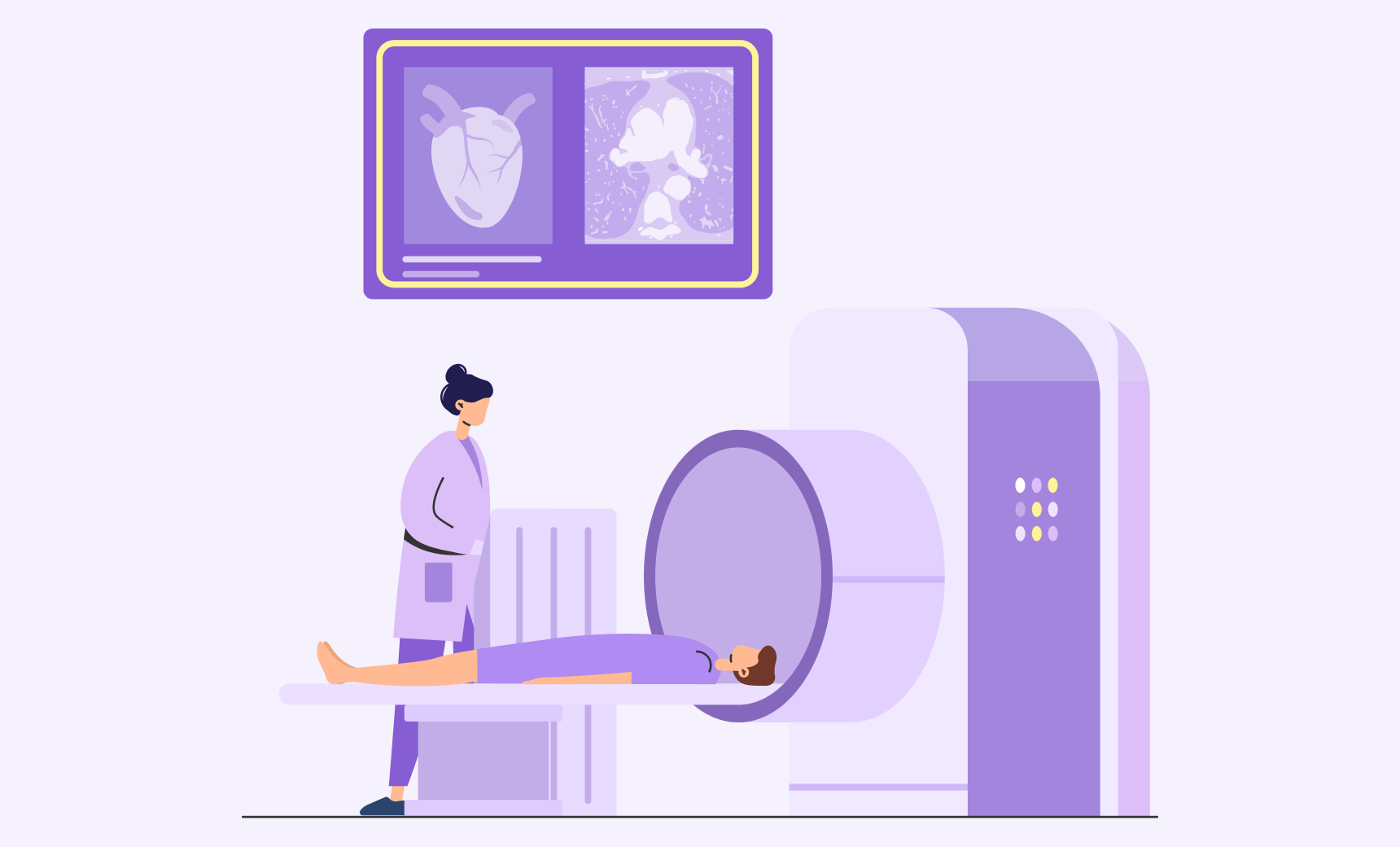
Stay Tick-Smart on the Trails: Protect Yourself from Lyme Disease!
How to stay safe this fall from ticks and protect yourself from Lyme disease.
The fall scenery in upstate New York makes hiking there a truly wonderful experience. The Adirondack Mountains, the Catskills, and the Finger Lakes all have beautiful trails. These areas have beautiful views, clean lakes, and lots of wildlife, which makes them a popular place for nature lovers to visit. However, you should know about the risk of Lyme disease and be ready for a test for it.
A single sick deer tick can transmit the bacterial illness Lyme disease by biting a person. The sickness can lead to a number of health issues if it is not handled. When medicines are given to people with infections early on, they usually get better quickly and fully. The New York State Department of Health (NYSDOH) says that over 120,000 cases of Lyme disease have been reported in New York State since 1986, when this disease was first made public.
Who gets Lyme disease?
Anyone of any age can get Lyme disease. People who spend a lot of time in grassy and wooded areas are more likely to be exposed. Deer tick bites are more likely to happen during the times of the year when ticks are most busy. Nymphs, which are young deer ticks, are active from mid-May to mid-August. They are about the size of poppy seeds.
The busiest times for adult ticks, which are about the size of sesame seeds, are March to mid-May and August to November. As long as it’s warmer than freezing, ticks can be active. All over New York State, you can find deer ticks that are infected.
How is Lyme disease spread?
There are some deer ticks that don’t carry the parasites that cause Lyme disease. Ticks can get sick if they feed on affected small animals. When a sick tick bites someone and stays on them for a while, the disease can be passed on. There are times when the tick has to be connected for at least 36 hours before the bacteria can be passed on. People do not get Lyme disease from each other. In addition, it is very unlikely that the disease will be passed from a sick pregnant woman to her baby.
What are the symptoms of Lyme disease?
In 60–80% of cases, a rash that looks like a bull’s-eye or solid patch and is about two inches across forms and gets bigger around or near the bite site. Sometimes, more than one spot shows up. In the early stages of Lyme disease, people often have one or more of the following signs: fever and chills, headaches, tiredness, stiff neck, pain in the muscles and/or joints, and swollen glands.
Lyme disease signs may get worse if it is not found or treated in its early stages. As the disease gets worse, people may feel very tired, have a stiff, painful neck, feel tingling or stiffness in their arms and legs, or lose the ability to move their faces. If you get Lyme disease, the worst symptoms might not show up for weeks, months, or even years after the tick bite.
When do symptoms appear?
Early symptoms usually appear within three to 30 days after the bite of an infected tick.
When hiking in nature, how do you avoid Lyme disease?
If you want to escape getting Lyme disease while hiking in the woods, do these things:
- Cover up as much as possible by wearing long arms and pants.
- Use bug spray with DEET in it to keep bugs away.
- Follow the marked paths and stay away from brush and tall grass.
- Check your body often for ticks, especially in places that are hard to see.
- Use fine-tipped tweezers to quickly remove ticks.
- Use clothes that have been treated with permethrin.
- After your walk, take a shower and wash your clothes.
Taking these steps lowers the chance that ticks will spread Lyme disease.
What is the test for Lyme disease?
There is a blood test called the Lyme Disease (Antibody with Reflex) that may be used to identify lyme disease. Using Labfinder, it’s easy to book a test and get your results quickly.





The LabFinder Editorial Team is behind The Illuminator and The Insider, LabFinder’s consumer and business blogs.
Dr.Robert Segal
Dr. Segal is CEO and co-founder of LabFinder, as well as a board-certified cardiologist. He began practicing medicine in 2002 and has founded several businesses, including Medical Offices of Manhattan and Manhattan Cardiology.